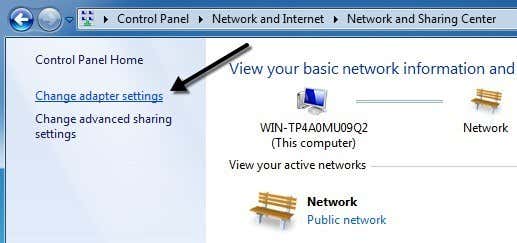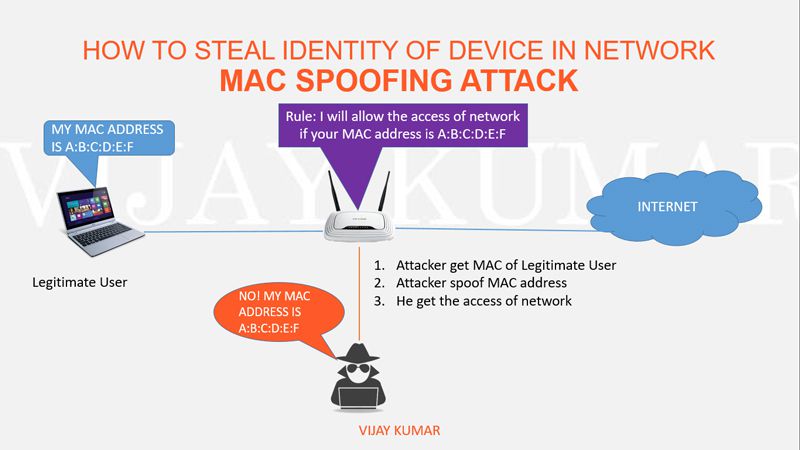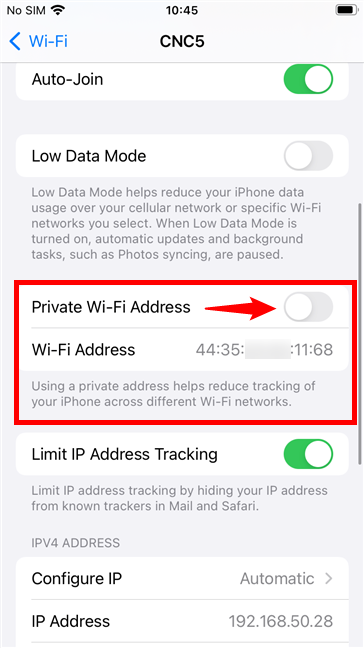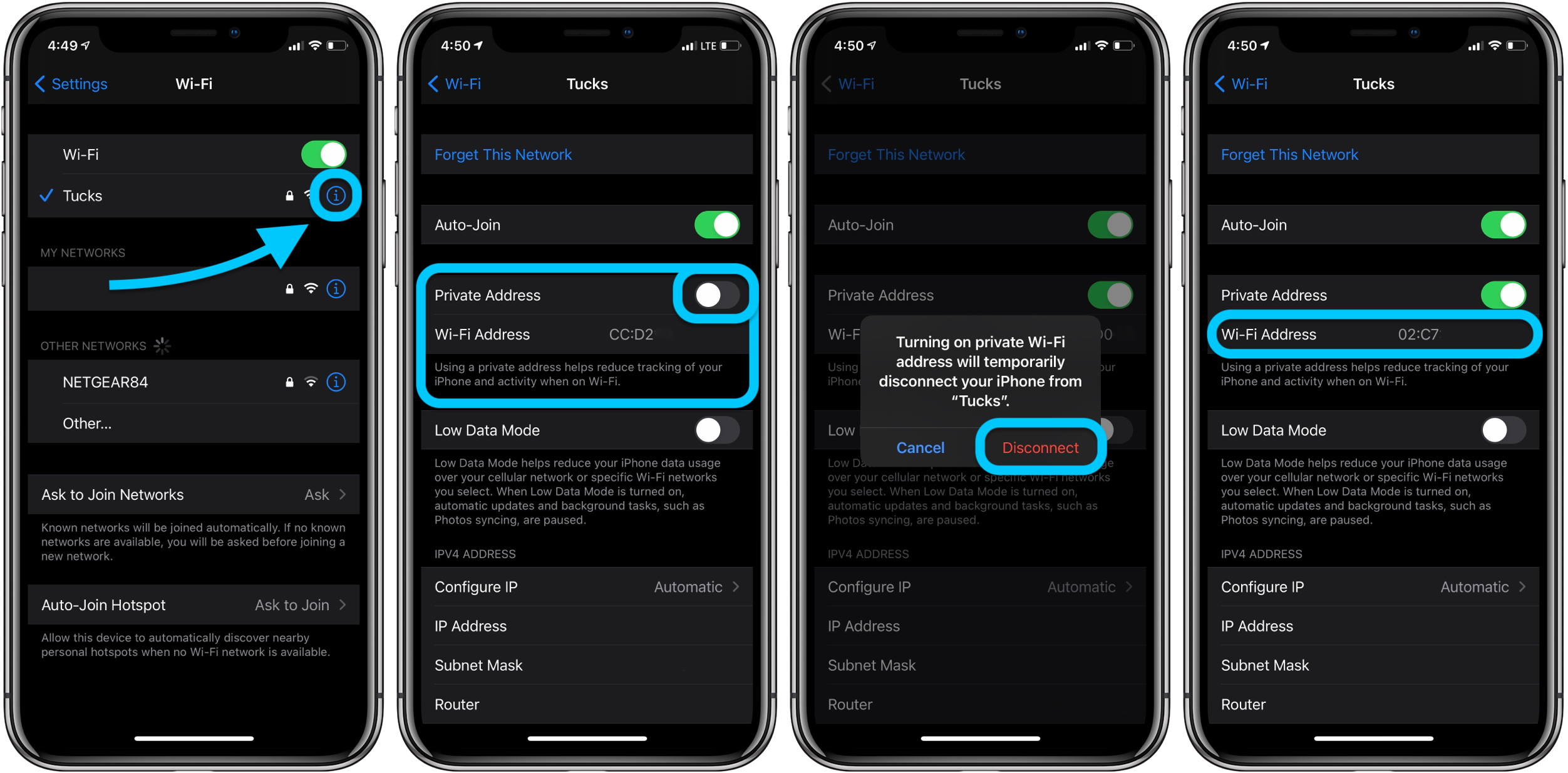
When invoked with no arguments, scselect displays the names and associated identifiers for each defined “location” and indicates which is currently active.

Scselect provides access to the system configuration sets, commonly referred to as “locations”.

being associated with (i.e., connected to) a Wi-Fi network with your Airport card,.having the interface “down” (i.e., if you’ve recently run ifconfig en0 down or an equivalent),.As far as I can tell, these conditions are: The thing to know is that there seem to be a number of conditions that will prevent Mac OS X from successfully changing a NIC’s MAC address. Ifconfig | grep ether # Confirm change but uh-oh! Output is the same as before! Why?

Sudo ifconfig en1 lladdr 00:00:00:00:00:00 # Try changing MAC address for en1 (usually Airport) Just like others, whenever I tried to run the above command, nothing seemed to happen: ifconfig | grep ether # Determine current MAC addresses I ran into a similar problem not long ago when my MacBook Pro didn’t do what I expected. There are numerous blog posts all over the ‘net that tell you this time and again, but each one seems to have comments from users complaining that it doesn’t work on their system. This should be really simple, as the correct command line is plain as day (where the string of colon-separated 00’s is your preferred MAC address): sudo ifconfig en1 lladdr 00:00:00:00:00:00

link-level address) of a network interface card. Another is changing the “Ethernet ID” (aka. Changing the hostname of a Mac OS X Server is one good example. One of the oddities of Apple’s Mac OS X platform is that some things that should be easy are obtusely difficult, and remarkably so. Update: For users of Mac OS X 10.7 (Lion) and 10.8 (Mountain Lion), a much easier solution called SpoofMAC exists as a set of Python scripts.


 0 kommentar(er)
0 kommentar(er)
